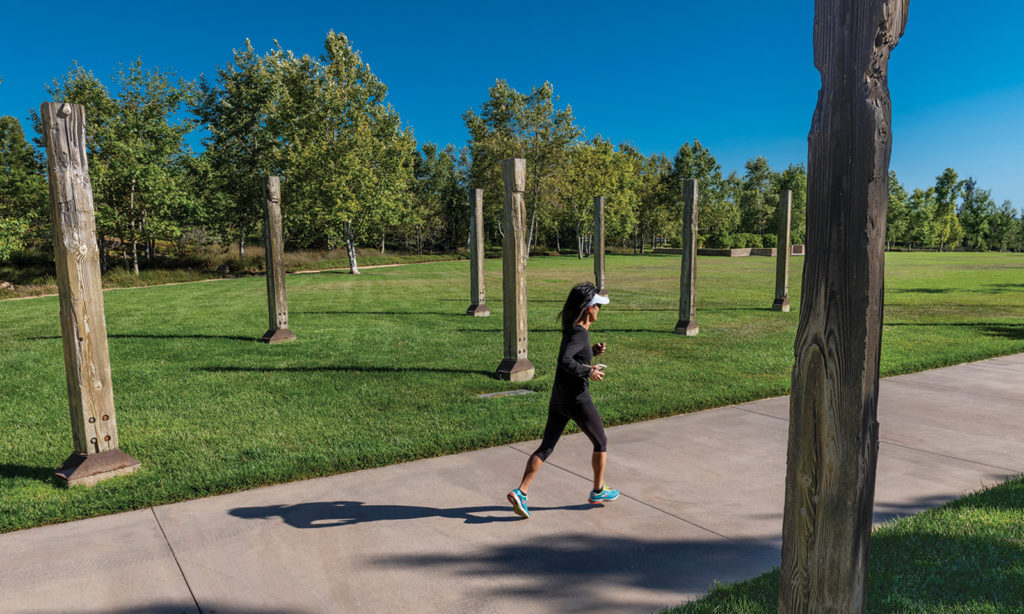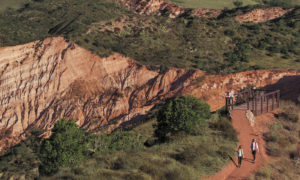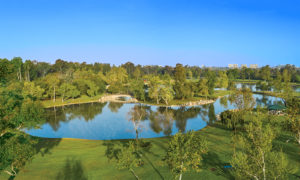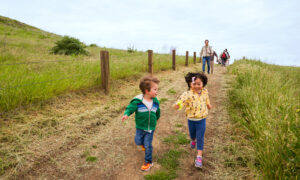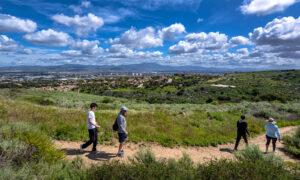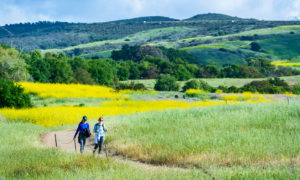The Jeffrey Open Space Trail is a special place where history and nature converge.
The 3.5-mile linear park wanders through meadows, woodsy groves and public art displays.
Along the way, historical markers trace 500 years of local history — from 1510 when Spanish explorers first sailed to the California coast, to 1864 when James Irvine purchased The Irvine Ranch, to modern times with the creation of the Irvine Master Plan and cityhood.
The trail is divided into three parts — each with historical displays depicting a new era.
The first segment, at Portola Parkway, features several mosaic-tile landmarks that illustrate the early history, from Native American villages in the 1500s to California statehood in 1850.
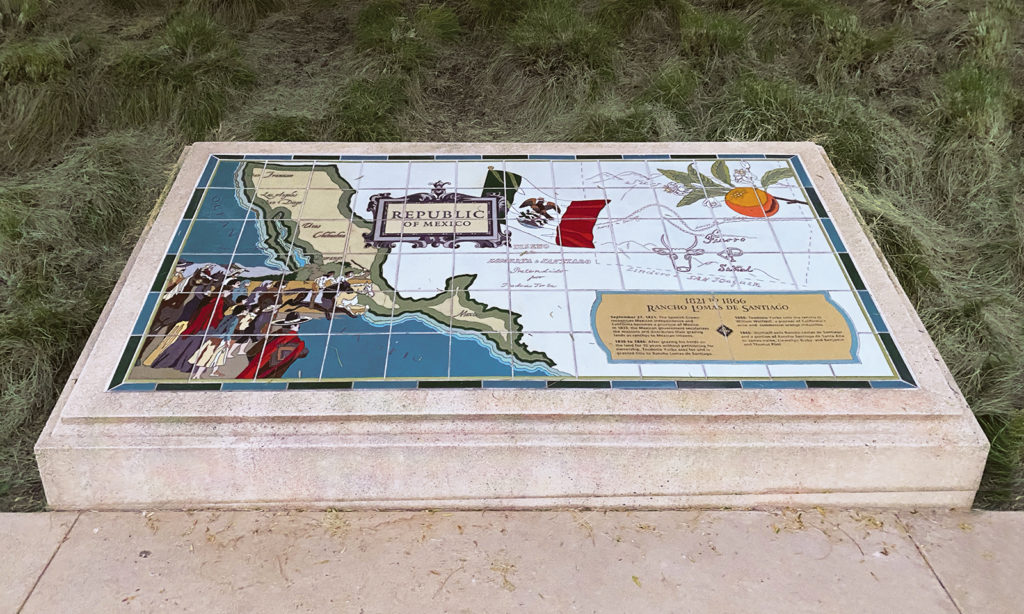
The second segment of the trail covers the history of The Irvine Ranch beginning in 1864. Engraved concrete panels and mosaic benches describe the first railroad to cross the Ranch; the rise of the citrus industry; and the introduction of flight above an Irvine bean field.
This segment also includes one of Irvine’s most unique art installations: 14 timber posts rising from the ground, evoking Stonehenge, perhaps. These were the vertical beams that supported the floor of the Irvine Valencia Growers packing house that once stood here.
The trail’s third segment depicts the master-planned City of Irvine, from the late 1900s to today.
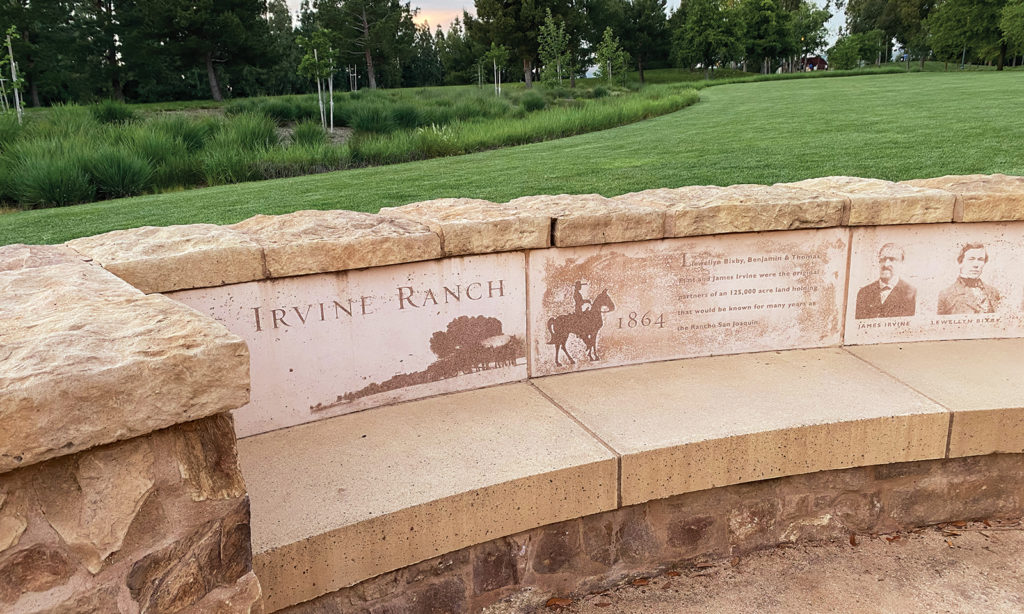
Designed by award-winning landscape architect Richard Roy, the Jeffrey Open Space Trail is a $30 million public amenity that spans 76 acres and passes uninterrupted through three villages.
Its stacked-stone tunnels and gas-lamp-style lampposts were inspired by the 19th-century work of Frederick Law Olmsted, who designed New York’s Central Park and is considered the father of American landscape architecture.
The trail opened in 2015 after extensive community input.

